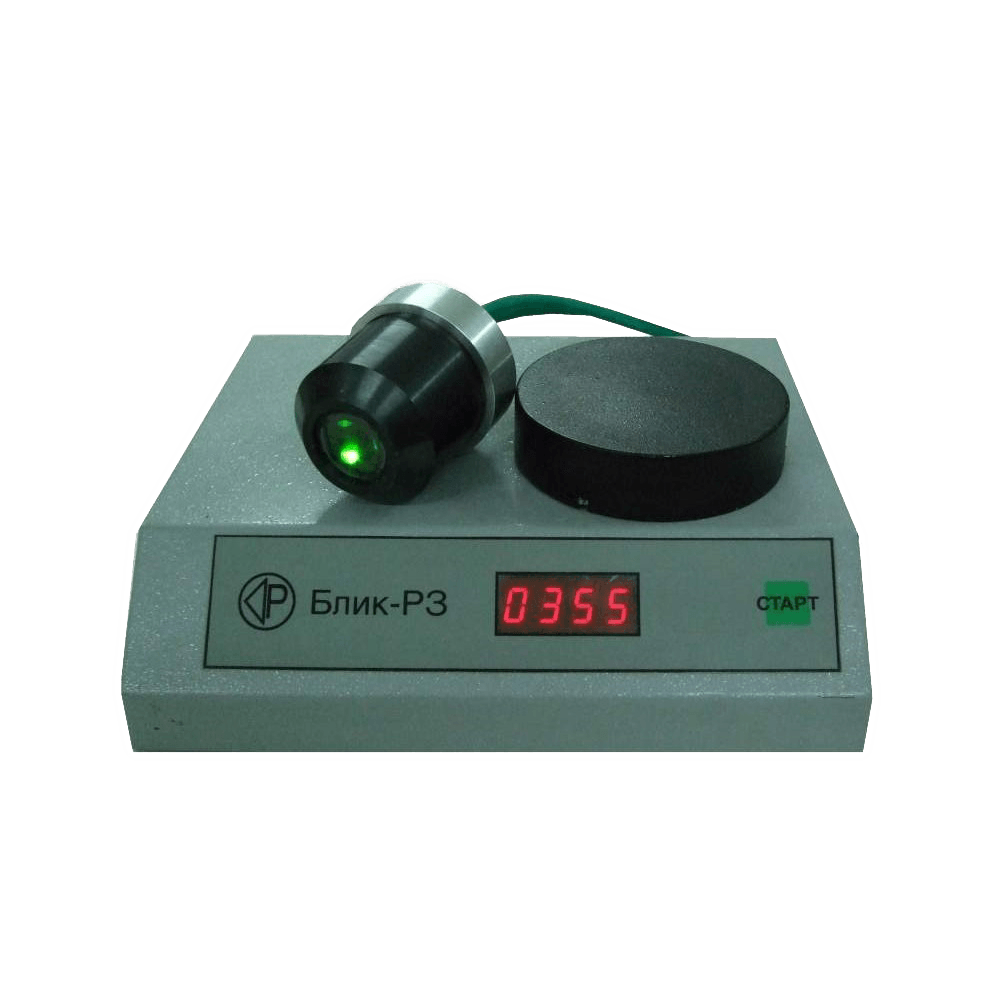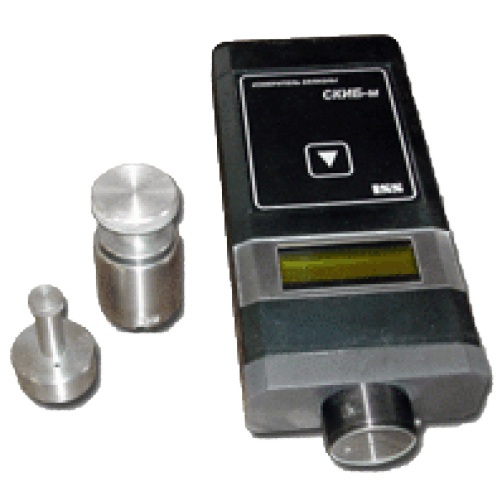Description
The whiteness meter BLIK-R3 is designed to measure the directional zonal reflectance of flour and determine its whiteness during the subsequent statistical processing of the results of measurements carried out in automatic mode. The whiteness meter is designed to assess the grade of flour by whiteness in accordance with GOST 26361, for operational control of the technological process of flour production at flour-grinding enterprises, for incoming quality control of flour at bakery enterprises. BLIK-R3 is made in one housing and includes the following functionally complete blocks: photometric and mechanical; amplifying-computing; indicator; source of power. The photometric and mechanical unit consists of two units: optical and mechanical. The principle of operation of the BLIK-R3 device is based on measuring the reflectance of the visible spectrum of rays,
Features of the whiteness meter BLIK-R3:
allows you to get rid of the need for long-term analyzes to determine the ash content;
allows you to quickly assess the impact of changes in the grinding batch of grain or technological regimes on the quality of the produced flour;
Bakery enterprises, using the device, are able to provide input quality control of flour, objectively determine the proportions of mixtures of different batches of flour and predict the whiteness of the bread crumb;
the microprocessor system of the BLIK-R3 whiteness meter provides the measurement process, processing of measurement results and control of the device’s performance, as well as output of measurement results to a digital indicator and to a personal computer to form a database (a standard RS232C connector is installed on the rear panel of the device);
the factory setting of the whiteness index corresponds to the average values of the R3-BPL-Ts device with an accuracy of ±1 unit, however, for the convenience of the user, it is possible to make an amendment to match a specific R3-BPL sample (permissible spread of R3-BPL-C values is ±4 units);
The whiteness meter allows you to determine the ratio of different batches of wheat flour of the same grade to obtain a mixture with a given whiteness index, when carrying out flour of these varieties, at a bakery.
allows you to control the whiteness of a wide range of prescription ingredients, semi-finished products and finished products (various types of starches, sugar and starch-containing raw materials, stabilizers, skimmed milk powder, etc.).
Specifications:
- Spectral region of whitemeter operation, nm
- 540±50
- Range of measured reflection coefficients, % from 45 to 90
- The limit of the permissible value of the standard deviation of the random component of the main absolute error in the measurement of whiteness indicators, not more than, % 0.3
- Limits of permissible value of the main absolute error in measuring whiteness indicators, not more than,% 1.0
- Time to establish the operating mode, no more than, min 5
- The number of automatically measured fields on a flour sample, pcs, no more than, % 10
- Time to determine the whiteness of one sample, no more, s 60
- Mode of operation of the whiteness meter continuous for at least 3 days
- Results indication digital, three digits
- Voltage supply from AC mains, V 220±20
- Frequency, Hz 50±1
- Power consumption, not more, W 25
- Mass of BLIK-R3, no more than, kg 4
- Dimensions, no more than, mm 260x250x110
- Operating ambient temperature, С 10…35
- Relative air humidity, no more than, % 80
- Communication channel with IBM PC RS232C


